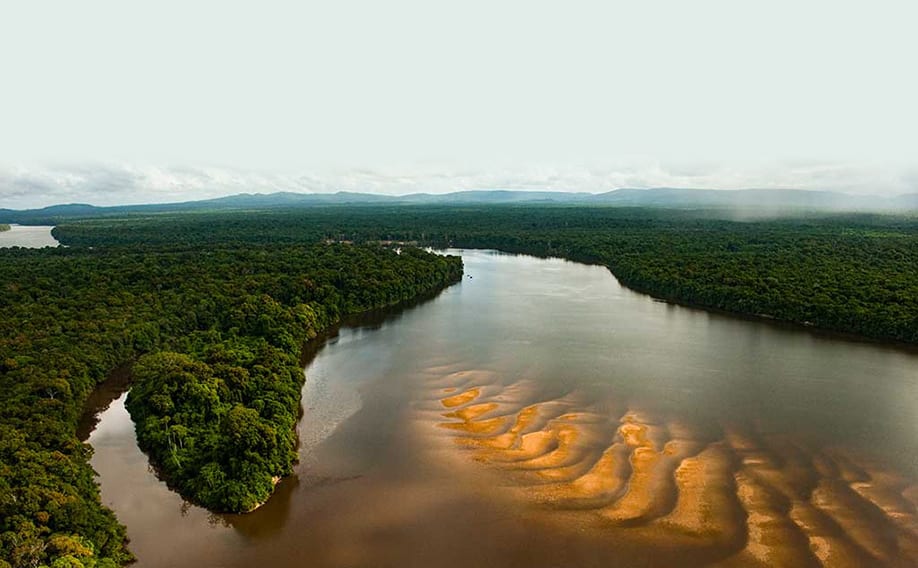Ivelaw Lloyd Griffith, former Vice Chancellor of the University of Guyana and Senior Associate with the Center for Strategic and International Studies says a great deal is riding on the outcome of the border controversy between Guyana and Venezuela, which is now before the International Court of Justice.
In a column published on OilNOW on April 10, Griffith said the stakes are high for both countries and this has become even more evident since the discovery of multi-billion-barrel oil resources offshore Guyana.
“The stakes are high for both countries. For Guyana, retaining the claimed Essequibo territory, which gets its name after the river, is a life-or-death matter,” Griffith writes. “One gets a sense of its existential nature for the Guyanese when it’s recognized that Venezuela claims all the territory west of the Essequibo River, which begins near the border with Brazil and runs 600 miles north to the Atlantic Ocean.”
Griffith explains that the Essequibo comprises 61,600 sq miles of Guyana’s 83,000 sq mi, almost 75 percent of the country. It’s more than five-and-a-half times the size of Massachusetts and could accommodate Jamaica fourteen-and-a-half times, and Costa Rica three times.
“The territory holds six of Guyana’s 10 administrative regions, the equivalent of states or provinces in other countries, and some 300,000 of the country’s estimated population of just under 800,000, with a noteworthy amount of them being from various Indigenous groups,” he points out.
The stakes have risen even higher since 2015 when U.S. oil major ExxonMobil hit jackpot at the Liza reservoir in the offshore Stabroek block, finding around 800 million to 1.4 billion barrels of crude. Since then, the company and its co-venturers Hess and CNOOC have made a total of 18 discoveries with estimated gross recoverable resources exceeding 9 billion barrels of oil equivalent.
Ever since that time, Venezuela has been flexing its military might over the smaller nation, with its President Nicolas Maduro extending the country’s claims over Guyana territory and stopping oil exploration related operations in a northwestern section of the Stabroek block.
“The massive oil discoveries since May 2015 raised the stakes to a new high for Guyana,” Griffith observes, pointing out that coincidentally, Venezuela began experiencing a meltdown in its oil industry around the same time.
Writing in the February 21st edition of the Caracas Chronicles, analyst Reybert Carrillo explains the sizeable, economic, strategic, and other gains Venezuela would acquire with possession of the claimed territory, Griffith points out.
“For instance, it would obtain an extensive hydrographic network that includes the Essequibo River and its Atlantic delta, the Cuyuni, Rupununi, Mazaruni, and Supenaam rivers, as well as the Potaro River and its 741 ft Kaieteur Falls, which has the world’s largest single drop waterfall by the volume of water flowing over it,” Griffith says.
“Crucially, too, with almost 300 km of new coastland and over 40 km of ocean waters, the benefits would include customs taxes, fishing, and security, plus all the minerals in the Esequibo mentioned earlier,” he said. These include oil, gold, diamond, bauxite, manganese, uranium, other minerals, and timber.
“Guyana, now in its 55th year of independence from Britain and on the cusp of moving into the economic stratosphere because of the abundant supply of its Black Gold, is experiencing existential anxiety although they never considered the territory to be in dispute,” Griffith states in his column.




